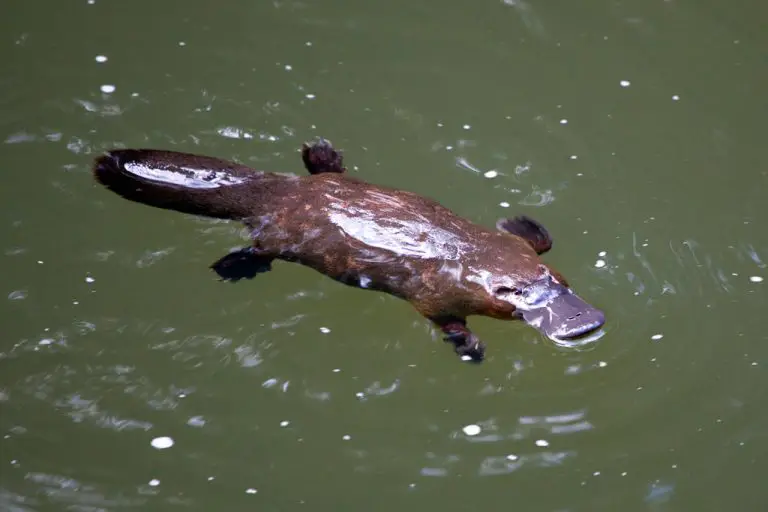

In particular, marine species seem to evolve and replicate each other. In addition to similar stinging techniques, venomous species also seem to have commonalities in the toxins they use. They will pass those genes on to the next generation,” says Graham. “Selection pressure is what has driven organisms to develop defences that assist them in survival. Known as ‘trophic strategy,’ these animals give tribute to Darwinism with their various stinging adaptations.


These stinging species have responded to natural selection by varying stingers to inject venom where others have grown teeth. “Mutation occurs naturally, and over millions years these organisms have produced these toxic molecules for survival.” Stinging species’ adaptation “Essentially, evolution has meant that they have taken everyday molecules and mutated them into toxic molecules,” says Dr Graham Nicholson, professor of neurotoxicology at the University of Technology Sydney.


 0 kommentar(er)
0 kommentar(er)
